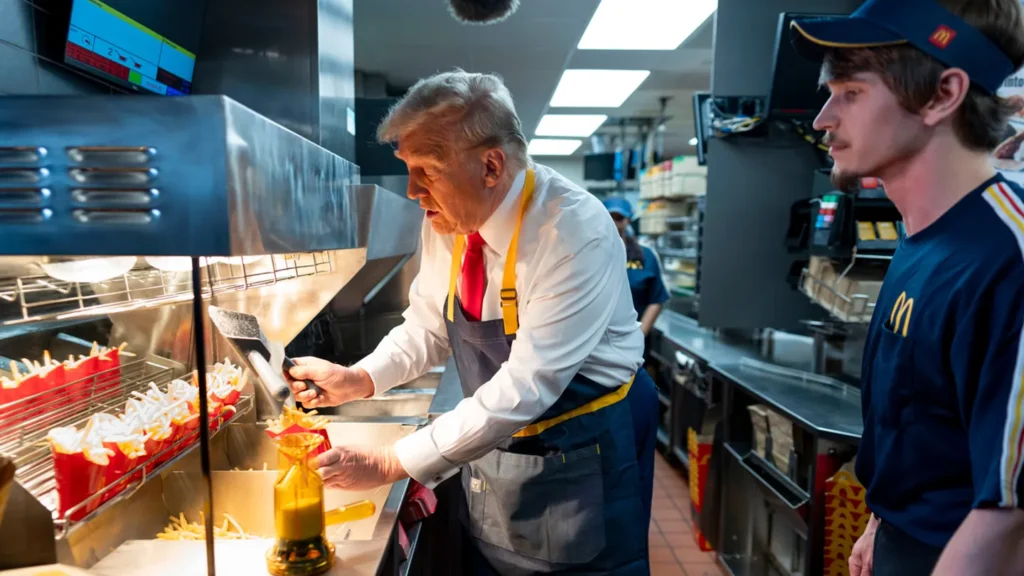Click here to read the Spanish version.
American society remains divided, despite having elected Trump as the new US president. However, behind this ideological battle between Trump and Harris, which will persist forever, like that between the Republicans and the Democrats, there is also a polarisation related to food. A dichotomy between politics and gastronomy that the United States has been studying for a long time, the results of which continue to be relevant in the current era.
In this sense, fast food in particular is the one that is most relevant for both dividing and uniting all political classes equally: a polarisation that was precisely reflected in a Washington Post article.

Tracing the trail of political finance and political junkets and gifts, the journalists analysed data from the Federal Election Commission on how much the Donald Trump-JD Vance and Kamala Harris-Tim Walz campaigns spent on food. Where do top politicians eat? Well, not often in fine dining restaurants or exclusive clubs, but in many fast food restaurants.
The results showed that Republicans had invested most in Walmart, McDonald’s and Chick-fil-A, an American fried chicken chain. Meanwhile, Democrats favoured Starbucks, Le Pain Quotidien! and Panera Bread. In this sense, and although it may seem controversial, the lower or popular classes linked to the Democratic parties seem to frequent more elitist places, while Republicans and rich people like Trump prefer McDonalds.
In terms of the relationship between spirits tastes and political leanings, wine was linked to progressivism and/or the Democratic voter; while beer was associated with Republicans. Democrats, following the results, were presented as more ‘sophisticated’ consumers who opt for drinks such as vodka, rum or tequila; as well as wines such as Pinot Grigio.

